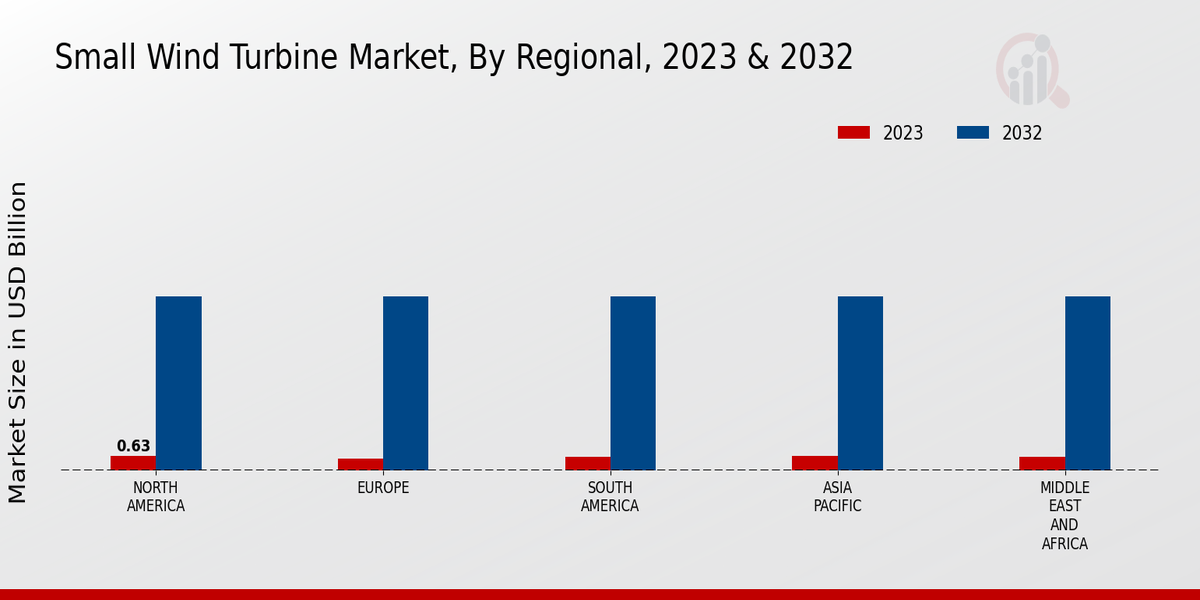Small Wind Turbine Market Summary
The Global Small Wind Turbine Market is projected to grow from 3.72 USD Billion in 2024 to 11.94 USD Billion by 2035, indicating a robust growth trajectory.
Key Market Trends & Highlights
Small Wind Turbine Key Trends and Highlights
- The market is expected to expand at a compound annual growth rate (CAGR) of 11.12% from 2025 to 2035.
- By 2035, the market valuation is anticipated to reach 10.7 USD Billion, reflecting increasing demand for renewable energy solutions.
- in 2024, the market is valued at 3.72 USD Billion, highlighting its current significance in the energy sector.
- Growing adoption of small wind turbines due to the increasing focus on sustainable energy sources is a major market driver.
Market Size & Forecast
| 2024 Market Size | 3.72 (USD Billion) |
| 2035 Market Size | 11.94 (USD Billion) |
| CAGR (2025-2035) | 11.17% |
Major Players
Vergnet, XZERES Wind, Southwest Windpower, Free Energy Systems, EarthTronics, Ampair, Northern Power Systems, Eocycle Technologies, Helix Wind, Rutland Wind, Wind Harvest, Bergey Windpower Company, Wind Sun, AeroVironment, Air Breeze, Green Mountain Power, Proven Energy Technologies

















